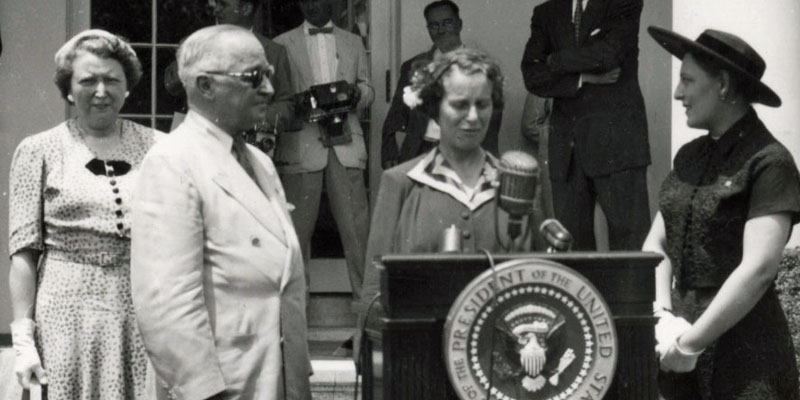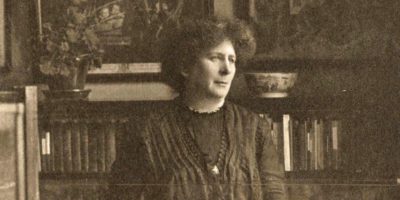Dawn Bonfield was appointed as the Women’s Engineering Society’s Chief Executive in late 2015, as well as being its Immediate Past President. Dawn has previously worked for the Institute of Materials, Minerals and Mining, British Aerospace and PSA Peugeot Citroën.
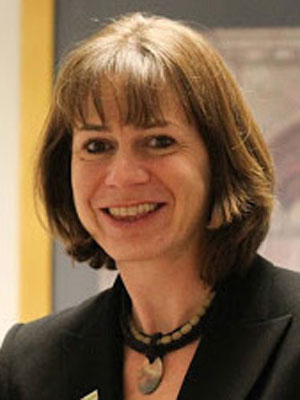
“…Dame Caroline saw engineering not only as a career path for women but as a means for making all women’s lives better and easier…”
A woman of influence
When I became Chief Executive of the Women’s Engineering Society late last year I was motivated to look back at our 97 year history to the woman who was effectively our first chief executive and arguably our most influential woman – Dame Caroline Haslett, and she remains an inspiration to our organisation today.
The Women’s Engineering Society was established at the end of the First World War when women who had been employed in engineering and technical roles during the war were unable to continue with these professions due to the Restoration of Pre War Practices act in 1918 which made it actually illegal for employers to retain women in roles that they had not occupied before the war.
Wanted: ‘Lady with some experience in engineering works’
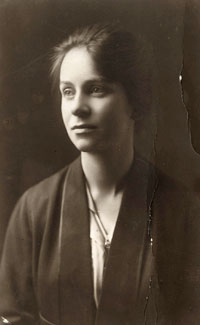
Caroline Haslett, born in 1895, was working at the Cochran Boiler Company in London when in 1918 she answered an advertisement for a ‘Lady with some experience in engineering works as organising secretary for a women’s engineering society.’ Her subsequent appointment to this role was the start of her engagement with the Women’s Engineering Society, which turned out to be a long and productive relationship.
Caroline Haslett’s strength at the Society lay in her organisational skills, and these skills – combined with her interest in engineering – made her an excellent communicator and representative of the newly formed Society, which was gaining in influence.
The Woman Engineer
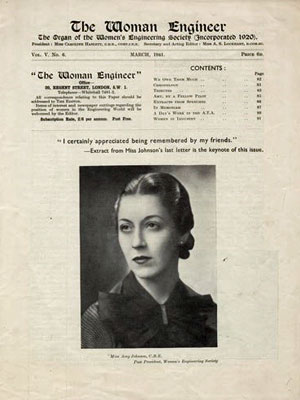
WES has just had the archived copies of The Woman Engineer digitised and it will be available to the public later this year, and is an absolutely fascinating history of not only the women in engineering of the last 97 years but of the role of women in our society.
Domestic drudgery – a waste of time
Dame Caroline saw engineering not only as a career path for women but as a means for making all women’s lives better and easier. She continued to work as the Secretary of the Women’s Engineering Society for many years, and in 1924 she co-founded and became the first director of the Electrical Association for Women, an organisation formed to reduce the drudgery of women’s everyday lives by encouraging the use of electricity in the home.
Her view was that [drudgery] “…seemed a waste of time… The kitchen stove burnt coal which had to be brought in buckets … and so the work of the house went on: sweeping, scrubbing, polishing and dusting, all done by hand…” Tea towels, dusters and pinnies produced at the time were designed to show women how to use electricity in the home, and how much electricity certain appliances used.
A turning point for women in the UK
The work of Caroline Haslett and the Electrical Association for Women brought about a turning point for women in the UK allowing them to enter the labour market in greater numbers as home chores were quicker and they were able to free up their time sufficiently to work.
She had a great many achievements during her many years at the Women’s Engineering Society, and I believe that she is our most influential woman member. In recognition of her work, Caroline Haslett was awarded a CBE in 1932 and a DBE in 1947.
From the archives…
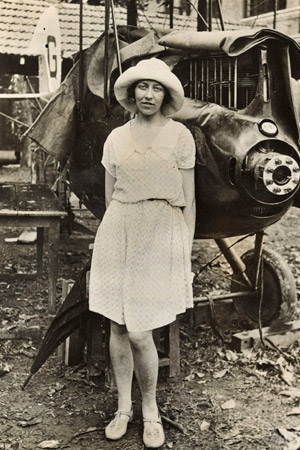
Today the archives of Caroline Haslett are held at the Institution of Engineering and Technology [IET] in London and the fascinating correspondence with the likes of WES President Amy Johnson and other prominent women of her day show her to be a hugely influential figure, and a skilled and diplomatic communicator.
The Women’s Engineering Society continues its role to inspire and support women in engineering, and one of the ways we do this is through our outreach activity Magnificent Women where we tell the stories of these amazing women from our history to young people. Find out more about what we do here: www.magnificentwomen.org.uk
For more information on WES or our Magnificent Women work, you contact me on ceo@wes.org.uk.
https://twitter.com/dawnbonfield1

